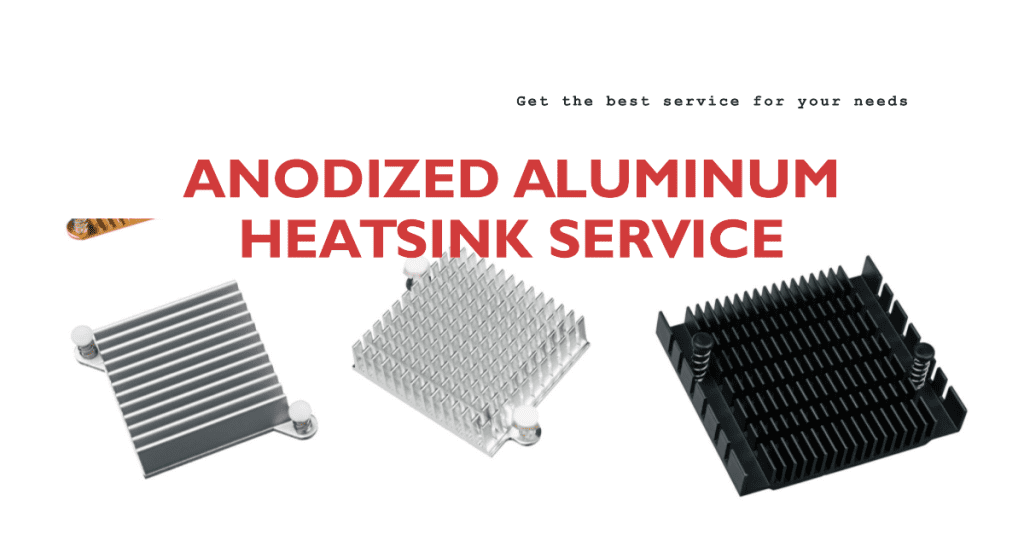
As electronic devices become increasingly powerful and compact, efficient thermal management is essential to ensure optimal performance and longevity. Anodized aluminum heatsinks have emerged as an attractive solution for dissipating heat generated by electronic components. Combining the excellent thermal conductivity of aluminum with the durability and corrosion resistance provided by the anodizing process, these heatsinks offer significant advantages. In this article, In this article, we will delve into the process of creating anodized aluminum heatsinks and discuss their benefits over other heatsink materials.
The Anodizing Process: A Brief Overview
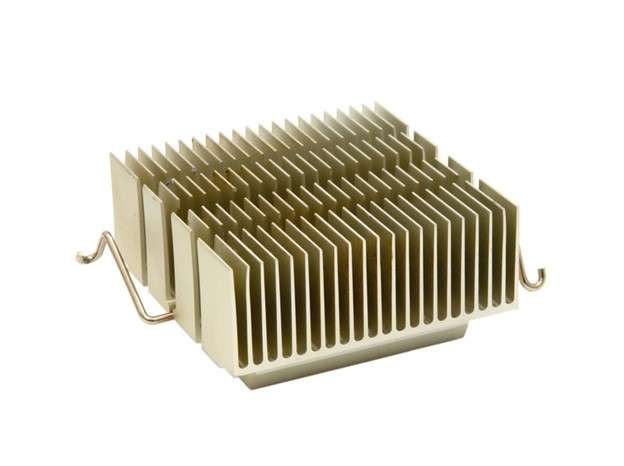
Aluminum heatsink
To better comprehend the unique benefits of anodized aluminum heatsinks, it’s important to understand both the anodizing process and the role of heatsinks in electronics.
Anodizing is an electrochemical procedure that forms a protective oxide layer on aluminum’s surface. This process significantly enhances the material’s durability, corrosion resistance, and appearance while maintaining its lightweight nature and excellent thermal conductivity. Learn more: How to Make Anodized Aluminum
Heatsinks are crucial components in electronic devices, responsible for dissipating heat generated by components such as processors, power supplies, and LED lights. They transfer heat away from these components and into the surrounding environment, helping maintain optimal operating temperatures, prevent overheating, and extend the devices’ lifespan and reliability. Heatsinks come in various forms and materials, each offering distinct thermal conductivity properties and weight characteristics.
Learn more: An Overview of Heat Sink Design Process: Materials, Manufacturing, and Design Considerations.
The Fusion of Anodized Aluminum and Heatsinks
Anodized aluminum heatsinks result from applying the anodizing process to aluminum heatsinks. The end product combines the advantages of both aluminum and anodizing, providing an efficient and long-lasting solution for thermal management in electronic devices.
Anodized aluminum heatsink properties: These heatsinks offer outstanding thermal conductivity, making them highly efficient at transferring heat away from electronic components. The anodized layer also improves the heatsink’s emissivity, allowing it to radiate heat more effectively into the surrounding environment. Furthermore, anodized aluminum heatsinks are lightweight, corrosion-resistant, and durable, making them suitable for a wide range of applications.
Manufacturing anodized aluminum heatsinks: The process begins with extruding or machining the heatsink from raw aluminum stock. The heatsink is then anodized by immersing it in an electrolytic solution and passing an electrical current through it. This forms a protective oxide layer on the heatsink’s surface, enhancing its performance and appearance. The process can be further customized by adding dyes to create colored heatsinks or applying additional surface treatments for improved performance.
Advantages of Anodized Aluminum Heatsinks
Anodized aluminum heatsinks offer numerous benefits over other heatsink materials:
- Superior thermal conductivity: Aluminum has excellent thermal conductivity, and the anodizing process further enhances its ability to transfer heat away from electronic components.
- Lightweight: Aluminum is significantly lighter than other heatsink materials like copper, making it ideal for applications where weight is a concern.
- Corrosion resistance: The anodized layer protects the aluminum heatsink from corrosion, ensuring a longer lifespan and consistent performance.
- Customizability: The anodizing process allows for the addition of color dyes, creating a wide range of aesthetically pleasing heatsink designs that can match various electronic devices.
Conclusion
Anodized aluminum heatsinks provide a superior cooling solution for modern electronic devices, combining the advantageous properties of aluminum and the anodizing process. These heatsinks offer excellent thermal conductivity, durability, and corrosion resistance, making them an ideal choice for a wide range of applications. By understanding the benefits and manufacturing process of anodized aluminum heatsinks, manufacturers and consumers alike can make informed decisions when selecting the most effective cooling solutions for their needs.
Proleantech is a leading on-demand manufacturer based in China, boasting years of expertise in creating anodized aluminum heatsinks. Our specialization lies in crafting custom heatsinks as well as mass-producing heatsink components. If you’re seeking a reliable source for any heatsink parts, please don’t hesitate to get in touch with us.
FAQs
Why are anodized aluminum heatsinks preferred over other materials in electronics? Anodized aluminum heatsinks are preferred due to their excellent thermal conductivity, lightweight nature, corrosion resistance, durability, and improved emissivity. The anodizing process enhances these properties, making them a highly efficient solution for cooling electronic devices.
How does the anodizing process enhance the performance of aluminum heatsinks? The anodizing process forms a protective oxide layer on the surface of aluminum heatsinks, increasing their durability, corrosion resistance, and appearance. It also improves the heatsinks’ emissivity, allowing them to radiate heat more effectively into the surrounding environment.
Can anodized aluminum heatsinks be customized to match the aesthetics of electronic devices? Yes, anodized aluminum heatsinks can be customized by adding dye during the anodizing process. This allows for the creation of heatsinks in various colors, making them suitable for matching the aesthetics of different electronic devices.
How are anodized aluminum heatsinks manufactured? An anodized aluminum heatsink company typically starts by extruding or machining heatsinks from raw aluminum stock. These heatsinks are then anodized using the electrochemical process, forming a protective oxide layer on their surface. The resulting anodized aluminum heatsinks can be further customized, such as by adding dye to the anodizing process or applying surface treatments for enhanced performance.
Are anodized aluminum heatsinks suitable for all types of electronic devices? While anodized aluminum heatsinks offer excellent thermal management properties and are suitable for many electronic devices, it is important to consider the specific requirements of each application. Factors such as the amount of heat generated, space constraints, and device aesthetics should be considered when selecting the most appropriate heatsink solution.

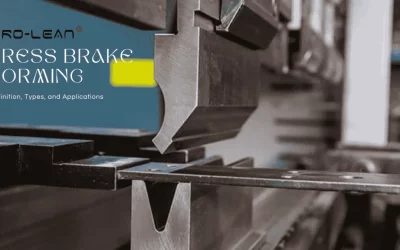
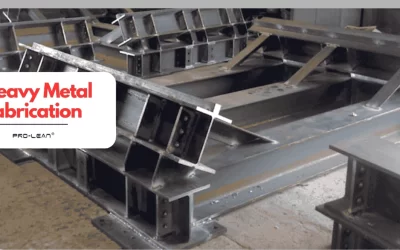
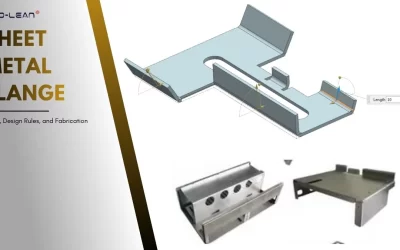
0 Comments